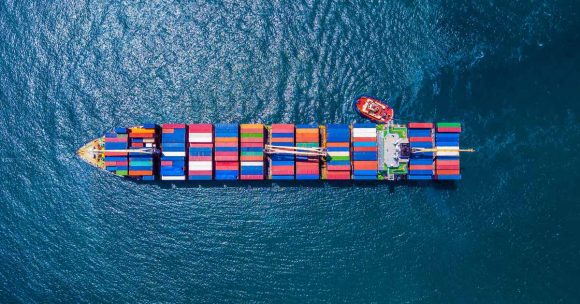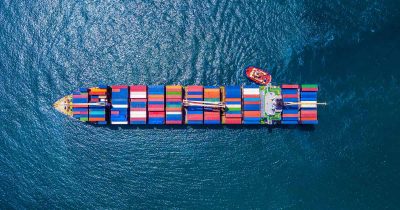Shipping and logistics companies across the globe are hopping on the sustainability train. Wherever you look in the business world today, companies take responsibility for the environment and reduce their carbon footprint.
The shipping industry is riding the wave of the trend to go ‘green’ with liquid natural gas (LNG) powered vessels battery-operated vessels and ensuring they transform into a ‘greener’ fuel. On the back of this, the EU Emissions Trading System (EU ETS) will be implemented from January 2024.
The EU ETS works on the ‘cap and trade’ principle. A cap is a limit set on the total amount of greenhouse gases that can be emitted by the installations and aircraft operators covered by the system. The cap is reduced annually in line with the EU’s climate target, ensuring that emissions decrease over time.
Tech company VesselBot just may have the answer for shippers – an emission monitoring system.
VesselBot has an emissions solution
The company was established in 2015 to offer digital solutions to the maritime industry. But the business then decided to use proprietary data and technology it had been building to develop an emission monitoring system. Constantine Komodromos is its CEO.
Komodromos told Seatrade Maritime News: “The company has collated data on every container vessel, between 5,500 and 6,000 ships, and created a digital twin for each ship. The data specifies each vessel’s characteristics, size, main engine type, auxiliary engines, and marries this data with port pairs to deliver specific fuel consumption and emissions using AIS and weather data.”
The company’s monitoring system deals with Scope 3 emissions.
The importance of combating scope 3 emissions
In a blog post detailing, the company states Scope 3 carbon emissions from the shipping industry can be exemplified by the fuel used by cargo ships. “As the world’s demand for goods increases, the amount of cargo shipped worldwide also increases, resulting in an increase in fuel consumption, thus, more CO2 in the environment.”
The blog post adds that burning fossil fuels, such as oil and gas, produces greenhouse gases, such as carbon dioxide, which negatively impact the environment. “Some initiatives have been implemented to reduce Scope 3 carbon emissions from the supply chain shipping industry. For instance, many shipping companies are investing in more fuel-efficient ships, which can help reduce fuel consumption or retrofit their engines to consume/blend biofuel with their fossil fuel to reduce their environmental footprint. Carrier Companies increasingly use renewable energy sources like wind and solar to power their vessels.”
About the author
Sharl is a qualified journalist. He has over 10 years’ experience in the media industry, including positions as an editor of a magazine and Business Editor of a daily newspaper. Sharl also has experience in logistics specifically operations, where he worked with global food aid organisations distributing food into Africa. Sharl enjoys writing business stories and human interest pieces.











